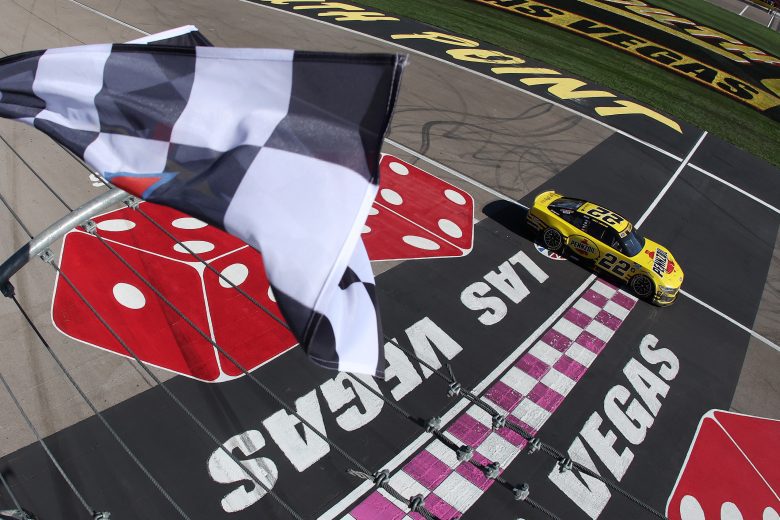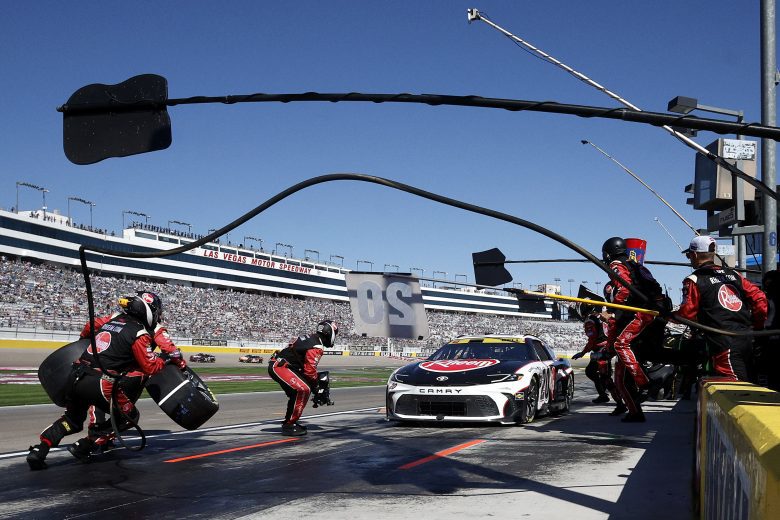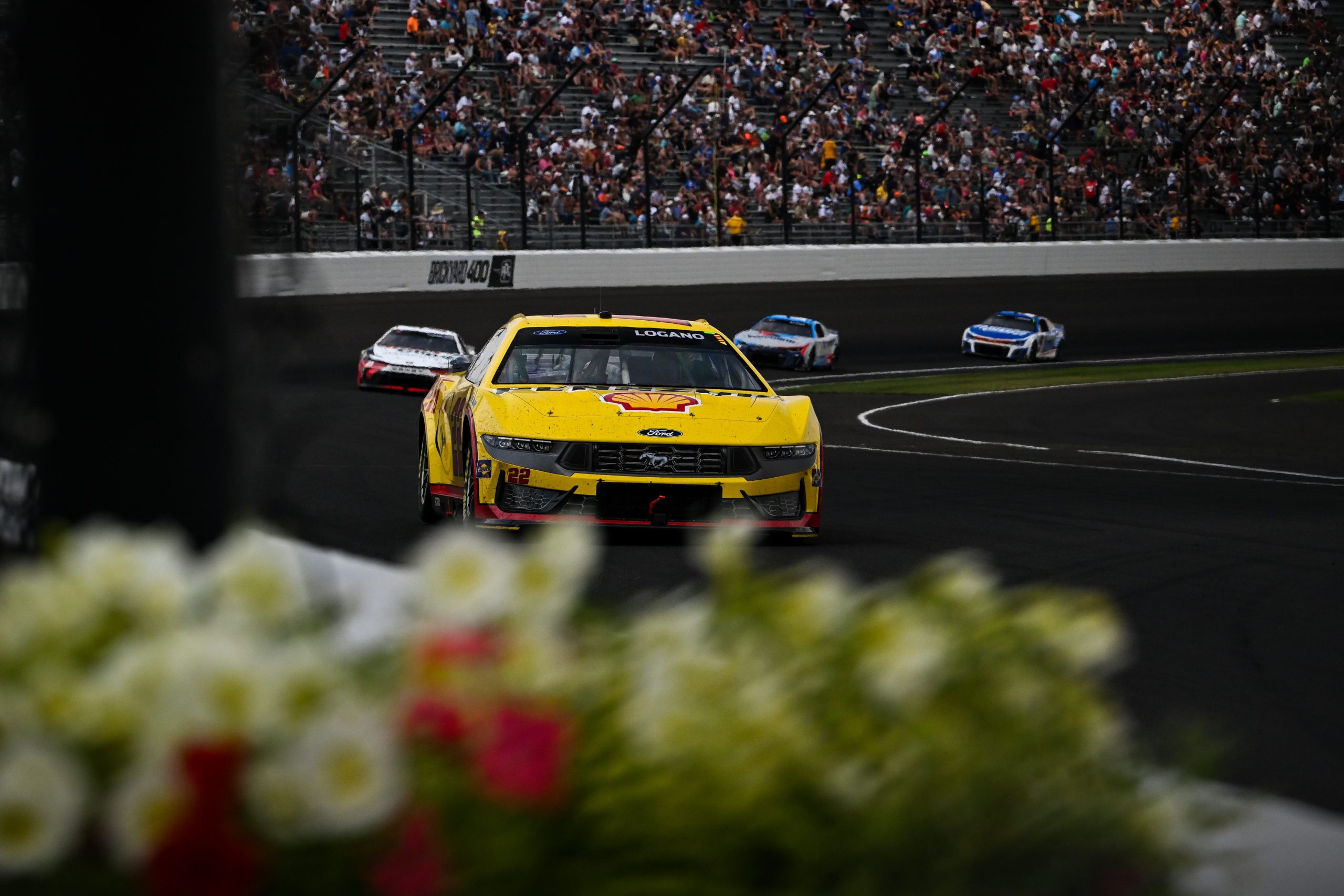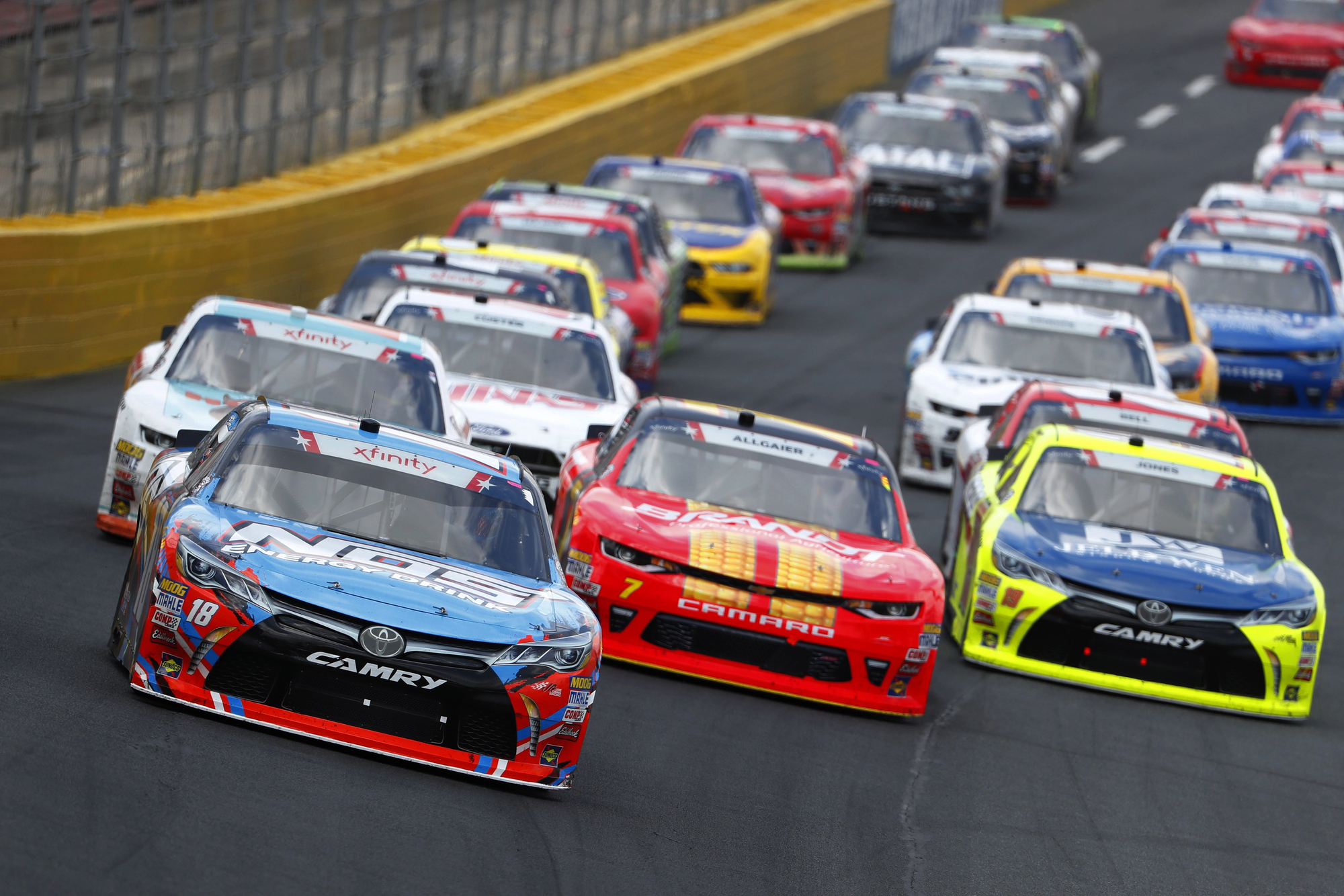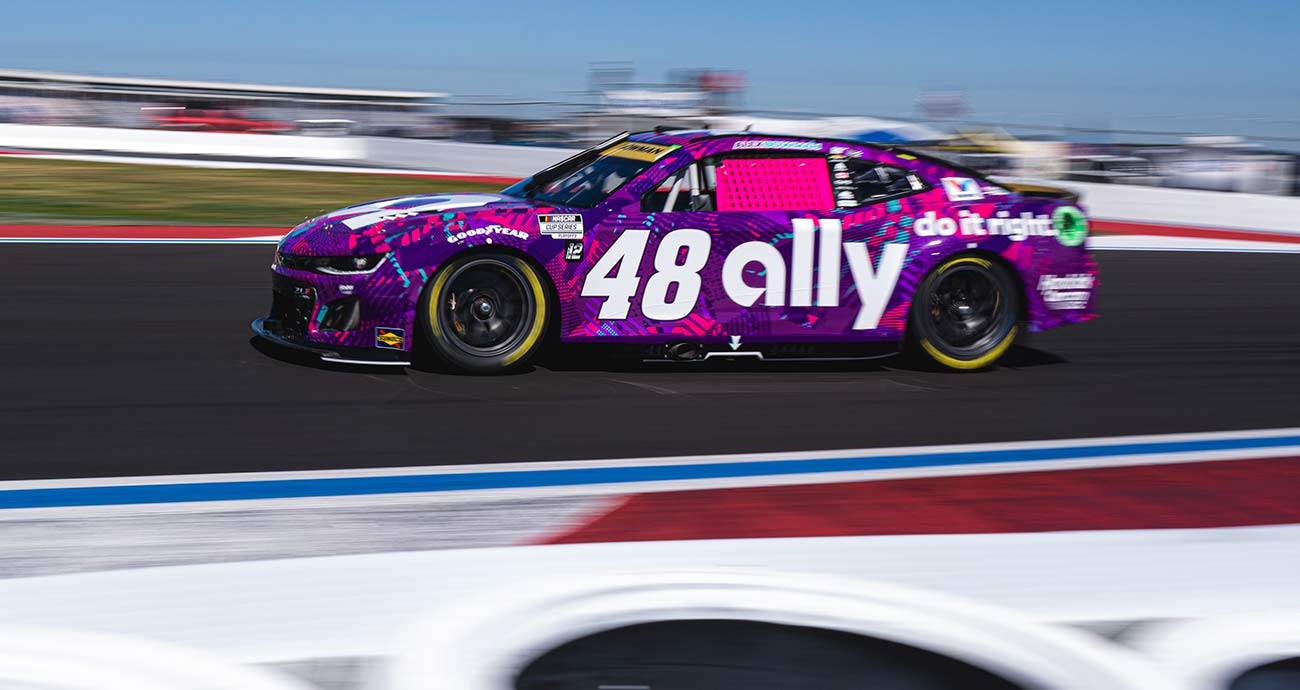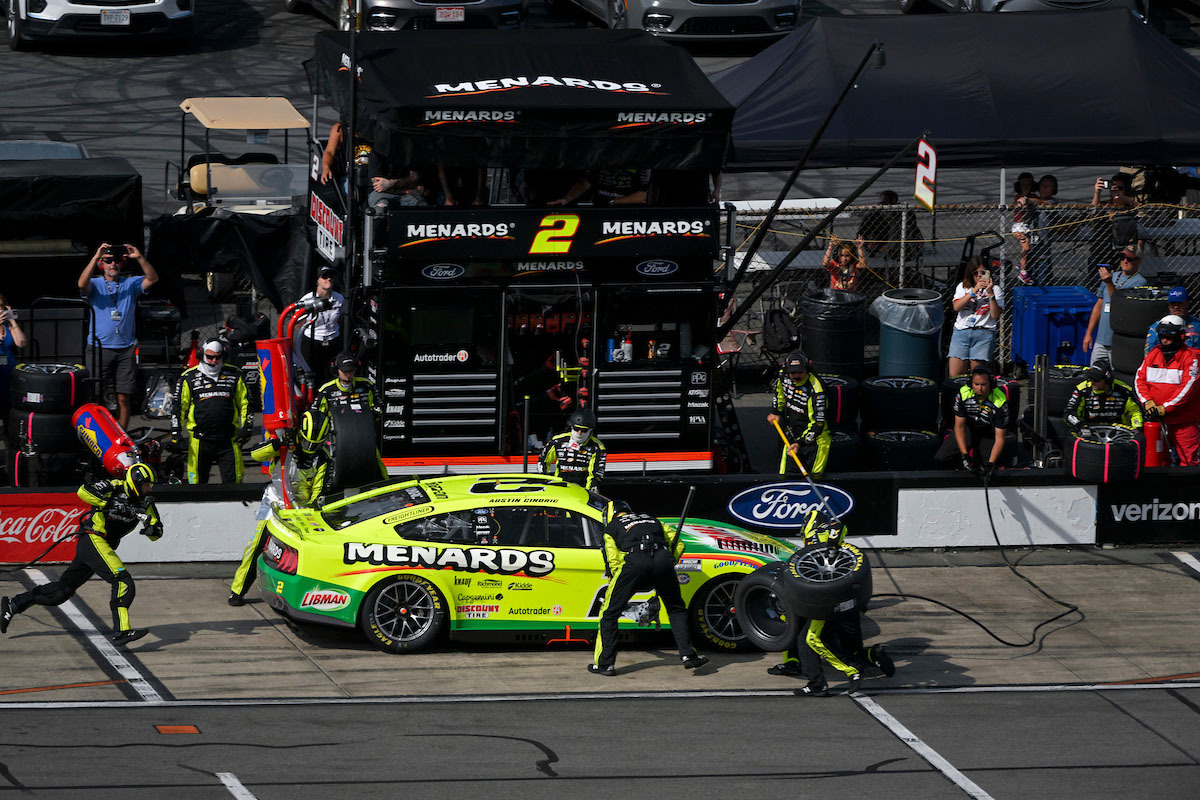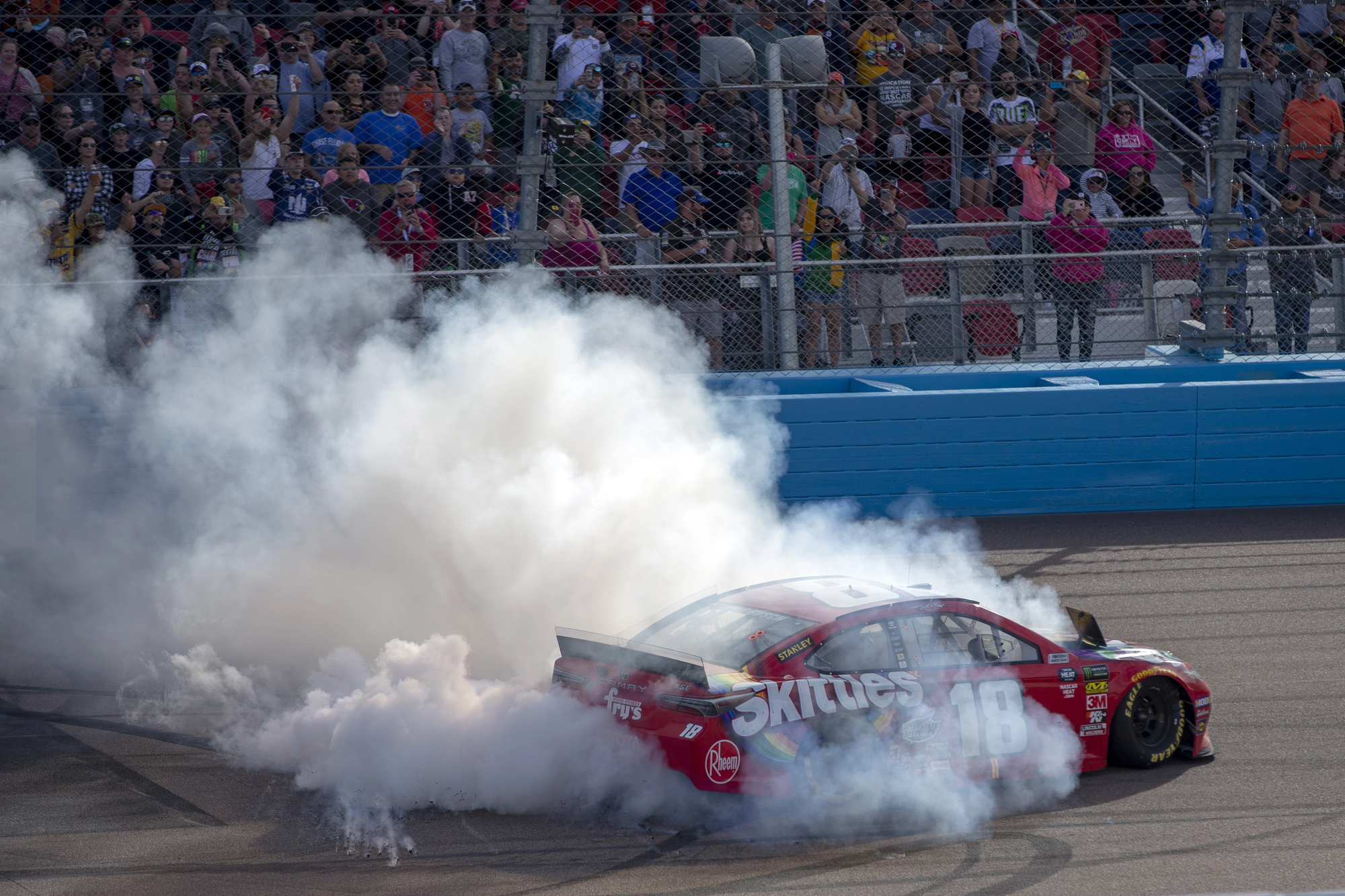Do NASCARs Only Have One Lug Nut? Understanding Wheel Fasteners in Racing
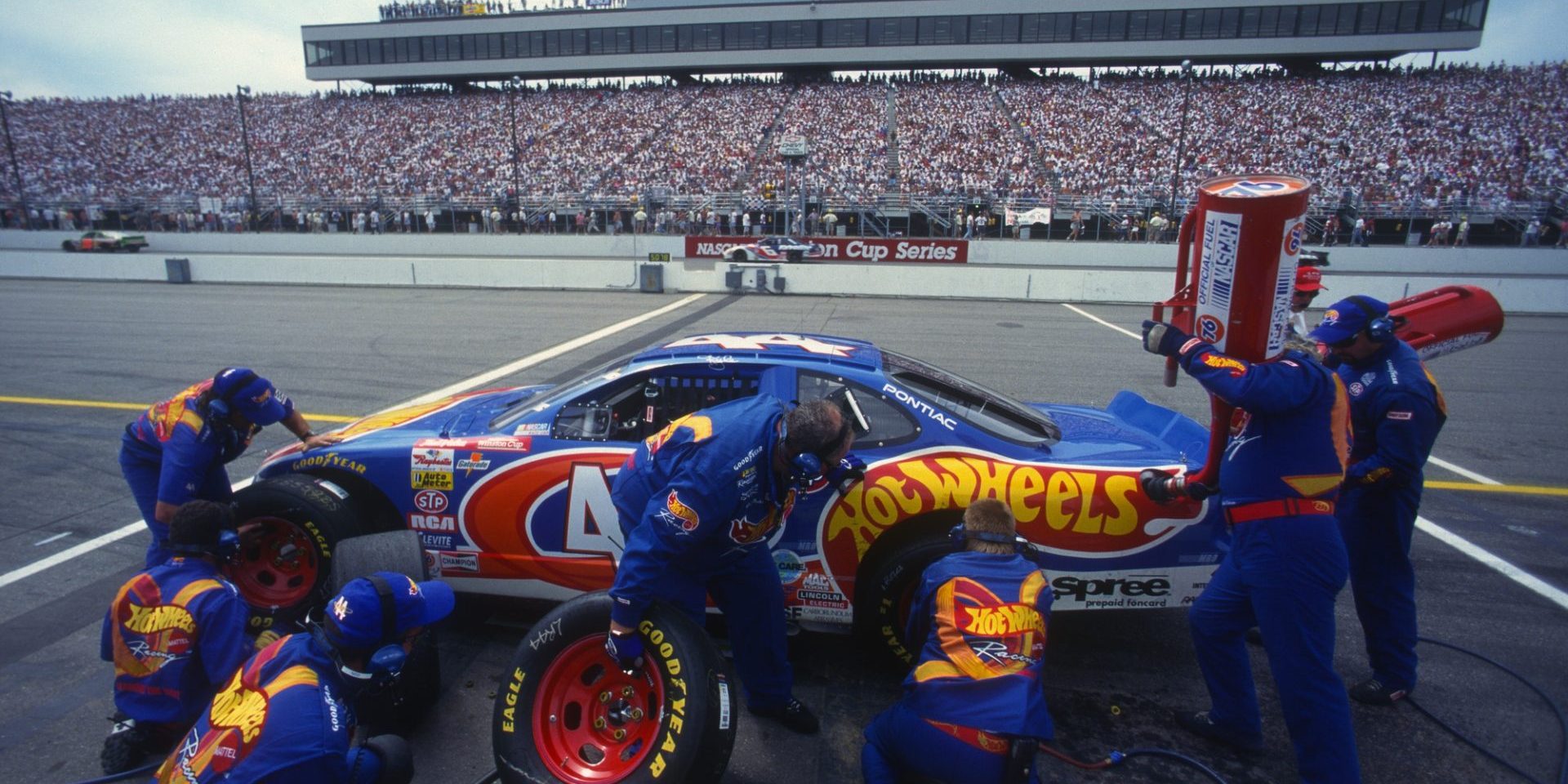
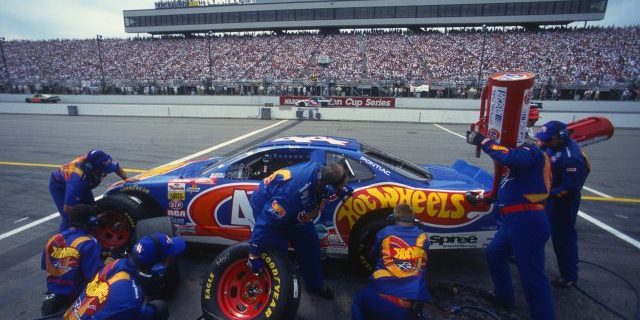
NASCAR’s decision to switch from a five lug nut wheel fastening system to a single lug nut design marked a significant change in the sport. This transition occurred with the introduction of the Next Gen car for the 2021 Cup Series. The introduction of a center-locking lug nut was a departure from the traditional method of securing wheels, which had been a distinctive feature of NASCAR vehicles for decades. The move aligned NASCAR’s vehicles more closely with those seen in other forms of motorsports, where single lug nut designs are common.
The change was not merely cosmetic but entailed a strategic shift with implications for pit stop strategies and vehicle performance. It affected how teams conducted pit stops, and the adjustment period was crucial throughout the sport. With the focus on both speed and safety, the new design offered potential benefits such as reduced pit stop times and increased uniformity in the wheel assembly process. This development also came in tandem with the introduction of larger, 18-inch aluminum wheels, which were better suited to the single lug nut design due to their strength and durability requirements.
Table of Contents
Evolution of Wheel Fastening in NASCAR
This section examines the progression from traditional steel wheels and multiple lug nuts to the modern Next Gen car’s aluminum wheels with a single lug nut design.
From Steel to Aluminum Wheels
Historically, NASCAR used steel wheels, which were robust but heavier. The transition to aluminum wheels was significant; aluminum wheels are lighter than steel wheels, reducing the unsprung weight and improving performance. This change was pivotal for NASCAR vehicles, enabling better handling and speed.
The Shift to Single Lug Nut Design
For many years, NASCAR utilized a five-lug nut system for securing wheels. In a significant departure, the Next Gen car adopted a single, center-locking lug nut. This new design, accompanying the switch to 18-inch aluminum wheels, simplifies the pit stop process and reduces preparation time, as lug nuts no longer need to be glued to the wheels prior to races. This single lug nut is central to the wheel’s retention during races, ensuring safety while streamlining operations.
Pit Stop Dynamics
The dynamics of pit stops in NASCAR racing have significantly evolved with the introduction of the single-lug wheel design. This change has affected the roles and performance of pit crews and the overall speed and precision of pit stops.
Pit Crew Role and Performance
The pit crew’s responsibility is ensuring the fast and safe servicing of the vehicle, especially during tire changes. Traditionally, pit crews would have to deal with five lug nuts per wheel, but with the new single-lug nut system, the role of crew members who handle tire changes has become more streamlined. This alteration demands less physical exertion per wheel, allowing for a potentially quicker tire change. However, it places even greater emphasis on precision since there’s only one lug nut securing each wheel.
- Roles effected: tire changers, carriers, jack man, fueler.
- Performance measures: wheel replacement time, pit road efficiency.
Effect on Pit Stops Due to Single Lug Nut
The shift to a single-lug wheel has impacted the overall approach and execution of pit stops. It has led to enhancements in speed during four-tire pit stops, with each tire requiring less time on pit road due to only one lug nut needing to be fastened. As the tire changers adjust to this system, it is likely to yield increased efficiencies, assuming the crew members adapt well to the new dynamics.
- Before: 5 lug nuts per tire.
- After: 1 lug nut per tire.
- Noted Efficiencies: Reduced time on pit stops, less chance for loose lug nuts, less physical strain on tire changers.
Technical Aspects and Safety
The move to a single, center-locking lug nut in NASCAR reflects an engineering solution tailored to motorsports’ high-performance demands, with particular focus on torque specifications and durability under intense racing conditions.
Durability Under Racing Conditions
Under the extreme conditions of NASCAR racing, the durability of the center-locking lug nut is primarily measured by its ability to withstand high-speed impacts and thermal stress. Engineers have designed the single lug nut system to endure the rigors of racing, where wheels are subjected to intense forces and must be changed rapidly during pit stops. It’s made of robust materials that can handle the repeated application and removal without wear that could compromise safety.
- Materials used: Include specifics such as high-grade steel or specialized alloys, known for their high tensile strength.
Torque Specifications and Standards
The proper application of torque to the single lug nut is critical for safety and performance. The standard torque spec for the centerpiece must be uniformly applied to maintain the integrity of the wheel assembly, ensuring that the wheel is securely attached to the car during the race.
- Torque requirements: Specified by NASCAR’s engineering standards and guidelines to ensure uniform application across all teams.
- Tools for measurement: Descriptions of the specialized torque wrenches or sensors used to achieve the correct torque level.
The single lug nut’s design for NASCAR vehicles is an engineering solution that ensures both swift wheel changes and the safety of drivers and pit crews. It adheres to strict standards that consider the dynamic challenges of motorsport racing.
Industry Impact
The shift to a single lug-nut design in the NASCAR Cup Series marks a notable change not just for pit stop strategies but also for manufacturers and their alignment with production vehicle features.
Manufacturers and Product Relevance
NASCAR’s transition to a single lug-nut system aligns closer with how manufacturers design their street-legal vehicles. This change in the NASCAR Cup Series car reflects a move toward increased product relevance, as modern production cars commonly use a center-locking lug nut. Manufacturers like Chevrolet, Ford, and Toyota benefit, as the NASCAR stock cars more accurately represent their counterpart models driven by consumers.
Comparisons with IndyCar and IMSA
When comparing NASCAR’s format to other racing series, one observes that IndyCar and the International Motor Sports Association (IMSA) have historically utilized a single lug-nut design for their wheel assemblies. The decision by NASCAR to implement a single lug nut brings the Cup Series’ wheel configuration closer to that of IndyCar and IMSA prototypes, highlighting similarities in wheel technology and pit stop approaches between these prominent North American racing series. This change emphasizes efficiency and technology transfer across motorsports platforms, further blurring the lines between different disciplines of car racing.
Responses and Perspectives
The transition of NASCAR to a single lug nut design has generated varying responses from the teams, drivers, and the public. This section explores the diverse opinions and perspectives on this significant change in the sport.
Teams and Drivers’ Viewpoints
NASCAR teams and drivers have had mixed reactions to the single lug nut implementation. John Probst, NASCAR’s senior vice president of racing innovation, has overseen the transition, indicating that this change aligns NASCAR more closely with manufacturers’ desires for cars that resemble their production counterparts. Hendrick Motorsports, along with other teams, has adopted the new pit stop choreography during the 2021 season. At their facility in Braselton, Georgia, they practiced with the prototype to reduce their prerace preparation time. William Byron and other drivers trust that their teams will adapt swiftly to ensure lug nuts are safely secured, minimizing the risk of wheels becoming loose during races.
- Cost Impact: Teams consider the cost implications of switching to new equipment and training pit crew members.
- Safety: Ensuring lug nuts are properly glued and affixed is a concern addressed during practice sessions.
Media and Public Perception
Media coverage and public opinion reflect a spectrum of views regarding the change to a single lug nut. Reactions on social media platforms, especially Twitter, show that some fans are nostalgic for the traditional five-lug nut, while others embrace the change. Media reports highlight the speed and efficiency benefits of a single lug nut during pit stops and how these could affect the overall race outcomes.
- Pit Stop Choreography: The media has scrutinized the new pit stop choreography, emphasizing the roles of the jack man and over-the-wall crew members.
- Practice and Adaptation: Coverage often notes the increased prerace preparation time required for pit crews to master the new system.

